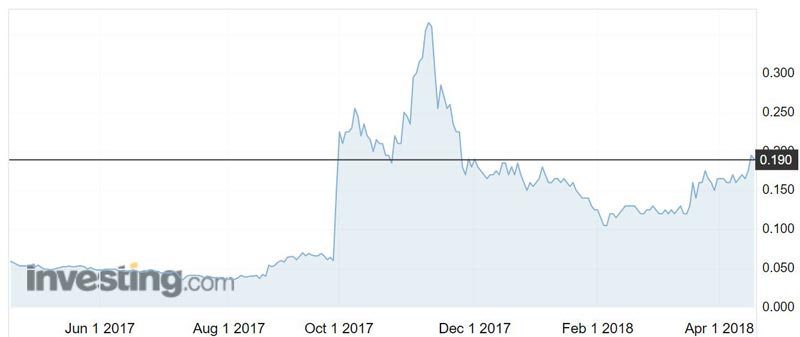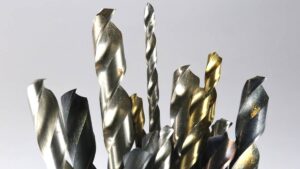De Grey will soon have a good idea of the value of its Pilbara gold patch

Pic: Bloomberg Creative / Bloomberg Creative Photos via Getty Images
Gold explorer De Grey Mining is moving closer to bulk sampling of its Pilbara sites — starting with the closely-watched Loudens Patch discovery that tripled its share price in September.
Bulk sampling involves taking very large samples — and usually marks the ramping up of costs — as part of the evaluation of a mineral deposit.
De Grey announced on Wednesday evening it had started heritage surveys over three gold targets including Loudens. Heritage surveys are undertaken to identify the cultural significance of a site before digging starts.
The surveys — due to take place over the next month — should pave the way for initial earthworks and bulk sampling starting with the Loudens Patch target.
The Pilbara’s sedimentary “conglomerate” rock has proved problematic to drill for fellow gold explorers Artemis Resources (ASX:ARV) and Canadian partner Novo Resources, who kickstarted the Pilbara gold rush mid-last year.
The pair determined that bulk sampling was the best way forward and other Pilbara players are following suit.
Loudens Patch was where De Grey (ASX:DEG) found a batch of nuggets in September last year.
Following the discovery, shares rocketed over 500 per cent to a 52-week high of 38c. They have since edged back to trade at 19c.

In March, the company revealed it had panned visible gold from streams draining the Loudens Patch, Jarret Well and Steel Well targets.
De Grey has already defined a resource of 1.2 million ounces at its Pilbara project.
The company has found more than 200 nuggets so far.
Conglomerate gold grades have the potential to be as high as 60 grams per tonne (g/t), according to De Grey’s technical director Andrew Beckwith.
Anything over 5 g/t is considered high grade.
“These things have the potential to change companies… You only need a small, high-grade deposit,” Mr Beckwith told Stockhead last month.
“It doesn’t need to be 10 million ounces like everybody is probably hoping for. At a few hundred thousand ounces at a 10-gram ore-body that has a significant impact.
“We’re talking hundreds of millions of dollars to a junior that might be trying to build a plant like us.”
- Bookmark this link for small cap breaking news
- Discuss small cap news in our Facebook group
- Follow us on Facebook or Twitter
- Subscribe to our daily newsletter
De Grey will start with initial bulk samples of around 250kg and progress to 1000kg samples.
The company expects the “on-ground” component of the survey to be completed over the coming week with results expected within four weeks.
Artemis was this week given the greenlight from the Western Australian government to begin bulk-sampling at its 47K Patch in the Pilbara.
The company plans to process bulk samples in the 100-tonne to 1000-tonne per sample range.
UNLOCK INSIGHTS
Discover the untold stories of emerging ASX stocks.
Daily news and expert analysis, it's free to subscribe.
By proceeding, you confirm you understand that we handle personal information in accordance with our Privacy Policy.








